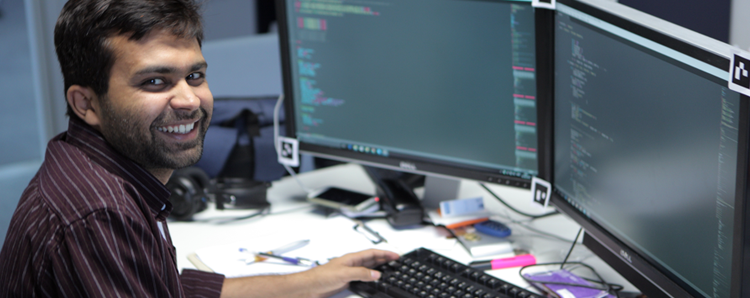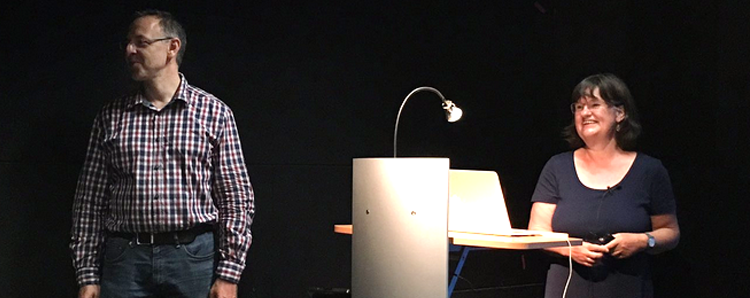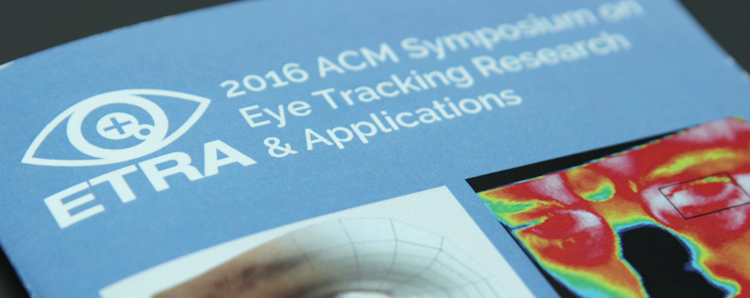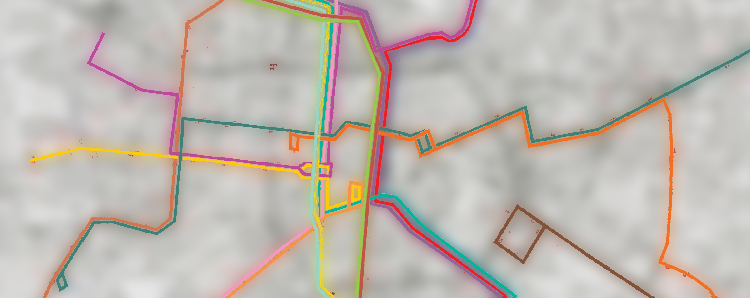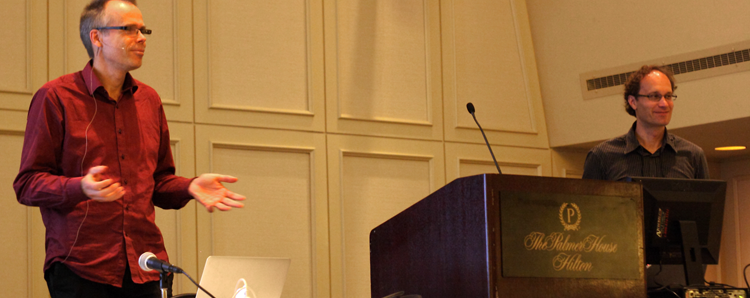This summer, I spent three months at the Ilab at the University of Calgary. My supervisor Sheelagh Carpendale is head of the InnoVis group which is part of the Ilab. I had the opportunity to visit the Ilab through the MIN Program: Mentoring International for Female Natural Scientists at the University Konstanz and which was funded by the Transregional Collaborative Research Center (SFR-TRR) 161. During my time, I worked with five great researchers evaluating a website developed and designed by them.
Three Months in Calgary


